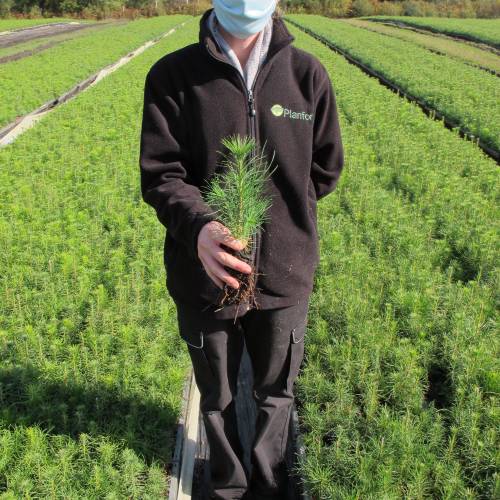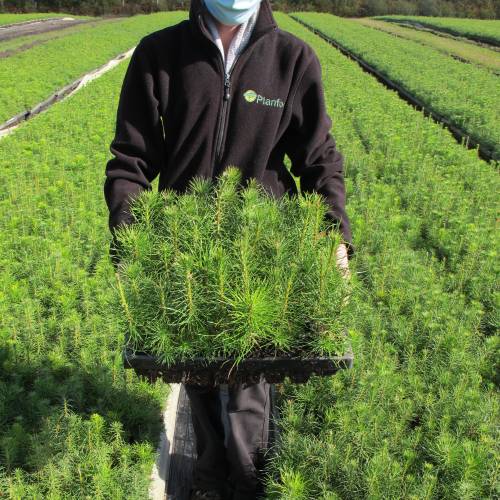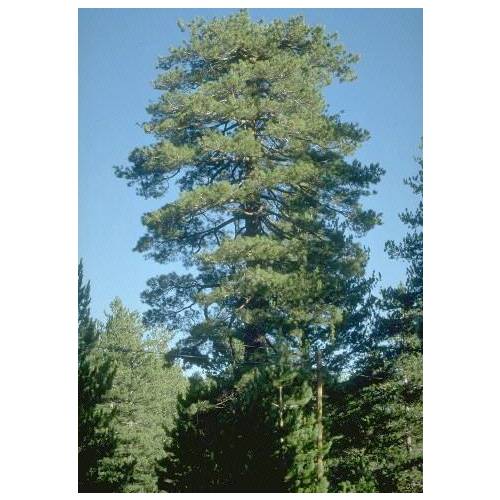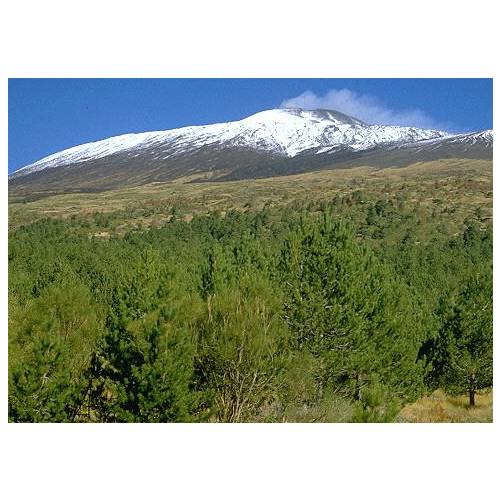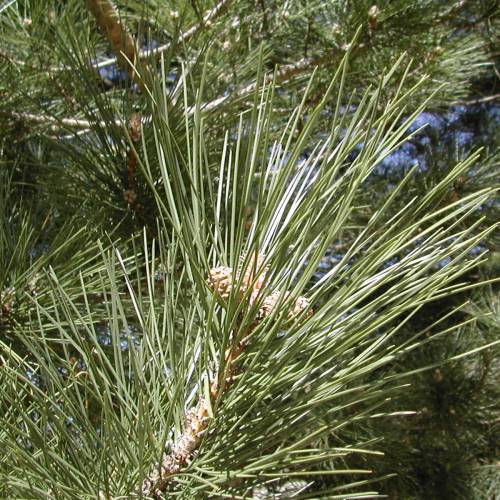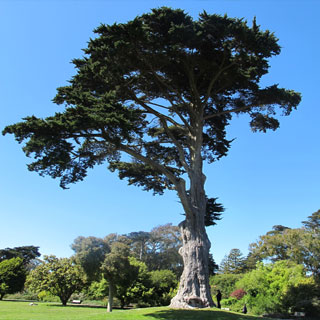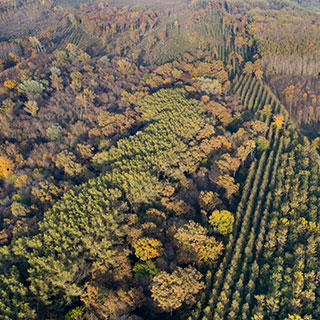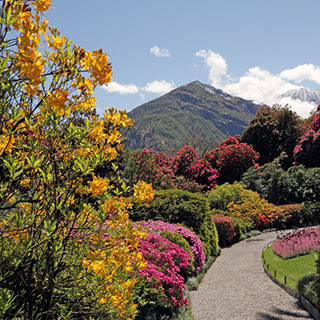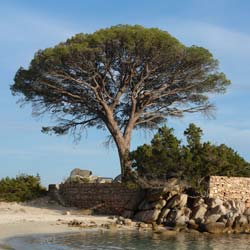
Plants
Pine, Calabrian / Pinus nigra calabrica
-
6.50 € Calabrian pine - Pinus nigra calabrica
501S - Available
-
4.95 € Calabrian pine - Pinus nigra calabrica
501T - Available
-
4.55 € Calabrian pine - Pinus nigra calabrica
501J - Available
-
3.95 € Calabrian pine - Pinus nigra calabrica
501KB - Available
-
3.45 € Calabrian pine - Pinus nigra calabrica
501K - Available
-
2.85 € Special Offer - 35%
501JBB - Available
-
1.48 € Calabrian pine - Pinus nigra calabrica
501W - Available
-
1.28 € Calabrian pine - Pinus nigra calabrica
501X - Available
-
1.21 € Calabrian pine - Pinus nigra calabrica
501U - Available
-
1.08 € Calabrian pine - Pinus nigra calabrica
501Q - Available
-
0.84 € Calabrian pine - Pinus nigra calabrica
501Y - Available
-
0.76 € Calabrian pine - Pinus nigra calabrica
501V - Available
-
0.64 € Calabrian pine - Pinus nigra calabrica
501Z - Available
-
0.56 € Calabrian pine - Pinus nigra calabrica
501P - Available
-
0.54 € Calabrian pine - Pinus nigra calabrica
501x - Available
-
0.44 € Calabrian pine - Pinus nigra calabrica
501R - Available
-
0.00 € Calabrian pine - Pinus nigra calabrica
501L - Request for quotation
-
Geographical origins: Rocky escarpments of Calabria.
Adult dimensions: Height up to 40 m,(131') width up to 15 m (49,2').
Foliage: Evergreen.
Type of soil: Any.
Hardiness: Hardy to -24°C.
Exposure: Full sun.
Properties and uses:
This tree is greatly used in forests for its rectitude and its growth. It is preferred to the Corsican Pine on wet or lime terrains. The needles are not twisted like those of the Corsican Pine. In both cases, they come in pairs.
Plant, or reforest Calabrian Pine, Pinus nigra calabrica – Foresters Guide
1) The Calabrian Pine (Robinia pseudo-acacia) is it suitable for my land? The needs of the Calabrian Pine are close to those of the Corsican Pine. It tolerates better the dry summers but suffers when the temperatures are low. It could tolerate chalky rock soils as well as water logging.
2) Which planting density for my Calabrian Pine plot? (Pinus nigra calabrica)
The planting density is the number of plants planted in one hectare (acre). Here it means determining the initial number of young plants and to choosing their repartition in the available space.
The planting density is defined by the gaps in between the lines as well as the spacing in between each plant on a same line.
It is the basics of the silvicultural path which must lead to a final trees’ population of quality and to the fulfilment of the land’s owner set goals.
Advice: When choosing the density, think about the width of the tool which will allow the maintenance of the gaps in between the lines. The space in between the lines must allow clear passage for a tractor-drawn, maintenance tool.
For the Calabrian Pine (Pinus Nigra Calabrica):
- A classical forest program can be considered with 1200 to 1600 plants/hectare.
3) How to prepare the soil to plant Calabrian Pine (Pinus nigra calabrica)?
In Silviculture, working the soil is a key element in the success of planting. The root system of the tree must take rapidly where planted. Whether the work is done mechanically or manually, we recommend working the soil in its depth for optimum planting.
4) How to plant the Calabrian Pine (Pinus nigra calabrica)?
a- Receipt, storage and preparation of the plants before planting
- Upon receipt, place the crates side by side, on a flat surface so as there is no air circulation underneath. Choose a shady spot protected from wind;
- Maintain a good humidity level of the plants on the crates placed on the edges,
- Plan for the possibility of watering if planting is delayed or if the plants require water,
- In case of frost, do not handle the plants and if frost is forecasted for several days, place mulch on the edges.
b- Planting
Our team of professional planters use a planting cane to place the earth-balled plants in situ. This ergonomic, light tool allows quality, quicker planting work. It is also possible to carry out a traditional planting work using a pickaxe or a spade
In all case, you must:
- Dig a hole a little bit larger than the earth-ball ;
- Position it well in the hole;
- Cover it entirely;
Finally, the worker will tamp down the soil carefully with its foot. It is forbidden to press strongly or again to heel-butt the plant to avoid crushing the earth-ball and damage the root system of the plant.
Video on planting using a planting cane
Buy Planting cane
5) How to limit weeds on my Calabrian Pine plot (Pinus nigra calabrica) ?
During the first years, it is essential to eliminate all self-propagating plants. Not controlled they are going to be in competition with your plants and are going to deprive the young trees of the vital elements they require to grow (water, light and nutritional elements). You must therefore eliminate mechanically this unwanted competition until the trees are big enough to be able to dominate it.
Two types of operations are possible after planting:
Manual clearing around the plants
It is in fact acts often carried out using portable thermic Strimmers or billhooks to clear plants on a line or around the plants themselves.
Mechanical clearing of the space in between the lines
These actions are done using cutters and flail mowers, horizontal or vertical cutters, mounted on mini excavators or tractors. As a result, they cannot be undertaken outside the spaces available between the tree lines (seedlings or plants).
6) How to protect my young False Acacia plants from wildlife (Pinus nigra calabrica) ?
There is a necessity to protect the plot as soon as the population’s density of Cervidae (deer and roe deer in particular) risk leading to significant damage such as undergrowth of the plants or friction of the stems. Sometimes, the setting up of plants’ protection is also necessary as soon as the rodents’ population (rabbits, hares, coypu, voles...) are locally important.
3 types of protections are possible:
- Individual, mechanical Protections ( dissuasive netting, photo-degradable tubes,...)
- Protection by total wire-fencing of the plot,
- Protection by applying a repellent on each plant or on the borders of the plot.
Catalogue Protections against Game


